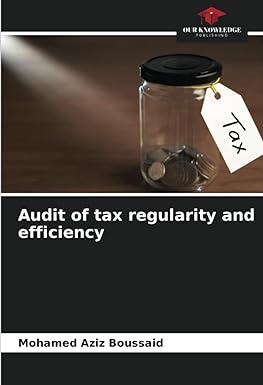Question
Malaysia Airlines parent company aims to break-even financially by 2023 KUALA LUMPUR: Malaysia Aviation Group (MAG), the parent company of Malaysia Airlines Bhd, expects to
Malaysia Airlines parent company aims to break-even financially by 2023
KUALA LUMPUR: Malaysia Aviation Group (MAG), the parent company of Malaysia Airlines Bhd, expects to break-even financially and be cash positive by 2023 through its newly launched Long Term Business Plan (LTBP) 2.0. Group chief executive officer Izham Ismail said the target would be achieved amid a subdued market, with recovery expected to take place only in 2022/2023. Im hopeful if the market turns around, we will break-even much earlier, but the trajectory that we are looking at is an extended L-shape recovery that is very likely (to happen) in 2023, he said during the virtual media briefing on MAGs LTBP 2.0 today.
The LTBP 2.0 is a five-year plan (2021-2025), set to transform MAG from a pure play aviation business to Asias leading travel and aviation services group. Izham said the airline group aims to have a more diversified portfolio that delivers and caters to different needs of its customers, adding that digital and travel solutions businesses will play a more pivotal role in driving MAGs growth, going forward. Rather than putting all of its eggs in one basket, the portfolio diversification will enable the group to withstand any future economic shocks, he said. We want to be known as leaders in providing best-in-class customised experiences and innovative solutions. We dont just sell seats. We sell end-to-end travel experiences to our customers, right from the first to the last mile, he said.
The MAGs LTBP 2.0 is supported by five strategic pillars becoming a premium Asia-Pacific carrier, recapturing domestic and Asean business, deepening commercial partnerships, diversifying revenue, and making digital the cornerstone for its business.After strengthening its balance sheet, the aviation group is now focusing on the next key financial matrix, which includes having cash flow stability. He said the success of its restructuring exercise, which involves approximately 75 creditors, has enabled MAG to secure over RM15 billion savings in liabilities in terms of aircraft leasing, maintenance contracts, payment deferrals and moratoriums among others, while reducing its balance sheet cost by 57%. Izham added that the shareholders have also committed to a cash injection of RM3.6 billion to support the groups working capital requirement for 2021 to 2025. Despite having a better cost structure compared with its peers, he said revenue is a challenge for MAG as it operates in a predominantly low-yield domestic market one of the lowest in the region. He said the industry needs a reform to become sustainable as conditions are expected to worsen post-Covid-19.
Under the LTBP 2.0, MAG plans to increase its annual non-flight revenue to RM4 billion from the current RM2.5 billion per year. In terms of network, Izham said he expects overall capacity to fully recover by 2022, adding that the entire network would be optimised by removing loss-making routes, while simultaneously introducing a new service model for the domestic and Asean short-haul markets. He said MAG would expand its fleet size to 83 aircraft by 2025 from the current 69, with more B738 aircraft for the regional and Asia-Pacific market. The group also plans to have new widebody aircraft in 2024 to replace the ageing A332 aircraft for its Europe as well as Australia and New Zealand expansion, he said, adding that the group intends to retire the A380 aircraft in the next coming months and is currently exploring ways to dispose of the carrier.
Source: Bernama, May 4, 2021
Based on the above article, answer the following questions:
- Identify the key issues faced by Malaysia Airlines (MAS). What went wrong with MASs performance over the last 10 years?
(5 marks)
- Examine the external analysis of airlines industry that affecting MASs corporate strategies. Use porter 5 forces model.
(5 marks)
- Develop MASs TOWS matrixs of MAS.
(5 marks)
- Based on the TOWS matrix, how to fix the problems faced by MAS. Justify your recommendations.
Step by Step Solution
There are 3 Steps involved in it
Step: 1

Get Instant Access to Expert-Tailored Solutions
See step-by-step solutions with expert insights and AI powered tools for academic success
Step: 2

Step: 3

Ace Your Homework with AI
Get the answers you need in no time with our AI-driven, step-by-step assistance
Get Started


